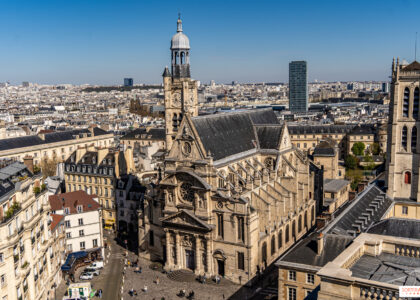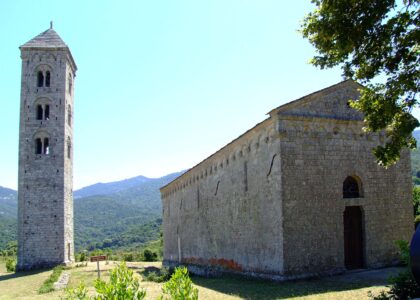Welcome to Takiyyat Ibrahim al-Gulshani, a historic Ottoman complex situated in Cairo. This remarkable site, built between 1519 and 1524, serves as a testament to the architectural brilliance of the Ottoman period. Originally established as a Sufi complex, the Takiyya was named after Sheikh Ibrahim al-Gulshani, a prominent Sufi mystic and poet. Known for his wisdom and spiritual guidance, al-Gulshani was a significant figure in the spread of the Sufi order in Egypt.
The complex was designed to serve multiple purposes: it housed a grand domed mausoleum, residential quarters, a mosque, and shops. This multifunctional design was typical of Ottoman architectural planning, aiming to cater to both religious and communal needs. Over the centuries, Takiyyat Ibrahim al-Gulshani has witnessed and endured the ebbs and flows of history, from the political turbulence of the region to natural disasters such as earthquakes. These events have left their mark on the structure, contributing to its current state of partial ruin.
In recent years, the complex has been the focus of a significant restoration project, initiated in 2018 with the help of a $500,000 grant from the U.S. Ambassadors Fund for Cultural Preservation. This initiative, led by the World Monuments Fund in partnership with the Egyptian Ministry of Tourism and Antiquities, aims not only to restore the physical structure but also to provide hands-on training for Egyptian conservators and students. The project highlights the importance of preserving cultural heritage and ensuring the transmission of conservation skills to future generations.
As you stand amidst these ancient walls, imagine the bustling life that once filled this space: the soft whispers of prayer, the vibrant discussions of scholars, and the daily activities of residents and merchants. Takiyyat Ibrahim al-Gulshani remains a poignant reminder of Cairo’s rich historical tapestry, a place where past meets present, and where the efforts of today aim to secure the legacy of yesterday for tomorrow.





